Why our Products?
Pedical Screw Systems

GSS
The GS Medical’s GSS™ Mono & Poly Axial screw systems were designed to facilitate the placement of pedicle screws through versatility and ease of use. It is a posterior pedicle screw fixation system intended to provide stabilization of the spine in the thoracic, lumbar and sacral regions. This system is a 6.0mm Rod & Hexa type set screw system.

AnyPlus
The Anyplus® Mono & Poly Axial Pedicle Screw is a Ø5.5mm Rod & Star type set screw system.
Titanium Cages

JG Titanium Cage
The JG Titanium TLIF (trans‐ foraminal inter body fusion device) is an anterior stabilisation device that is introduced through the foramen from a posterior approach. The cage is introduced through the foramen without opening of the spinal canal.

Features:
This cage accepts a substantial volume of autogenous or allograft bone, to create a bony fusion connection between adjacent vertebrae.
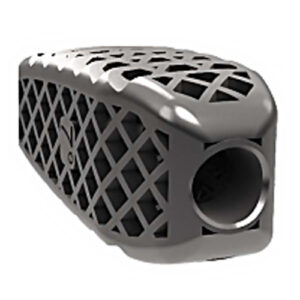
Features:
Collagen port on the anterior facet of the cage.

Features:
This cage has a port which securely connects to a syringe for collagen infusion.

Features:
The sizing - The JG Titanium cage is available in two forms – a standard cage and a 7˚ lordosis cage.

Features:
Introducer - The introducer aids in the precise placement of the cage.
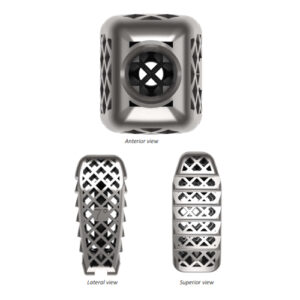

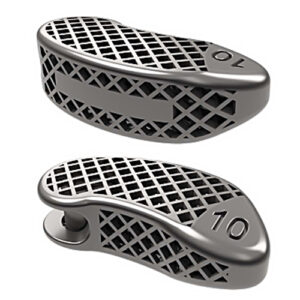
TK-Titanium TLIF Cage
The TK Titanium TLIF (transforaminal inter-body fusion device) is an anterior stabilisation device that is introduced through the foramen from a posterior approach, without opening of the spinal canal. The device is used in conjunction with posterior instrumentation.

Features:
This cage accepts a substantial volume of autogenous or allograft bone, to create a bony fusion connection between adjacent vertebrae.

Features:
Cage Introducer - Variable angles for optimal cage placement

Features:
The TK Titanium TLIF cage introducer offers variable angles for the introduction of the cage. The TLIF introducer locks the cage into at variable angles to ensure optimal placement of the cage.
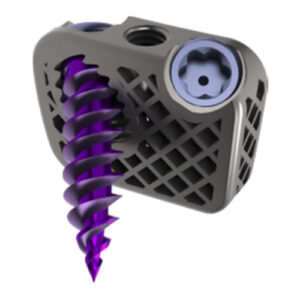
VDBT
3D Printed Titanium Mesh Cage The VDBT 3D printed cervical Interbody cage is a device that simulates the trabecular structure of bone in a 3d printed mesh structure.

Features:
The mesh design and open volume encourages bone growth for a more secure fusion. 15% of the cage’s volume consists of 3D-printed titanium mesh , leaving ample space for bony ingrowth. Bone growth into the mesh cage forms a bony fusion connection between adjacent vertebrae, leading to a more secure fusion. The cage can be filled with granulated autograft, allograft or collagen bone. Osteo-integration is also possible without any filler material.
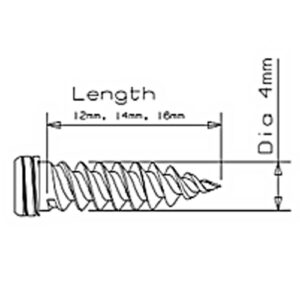
Features:
Screw-thread technology - Screws are self-tapping and selfdrilling. Awls are provided for difficult circumstances. The differential screw thread pitch between the mechanical screw thread and the bone screw thread will cause compression between the cage and bone, while locking the screw into the cage.
Cages
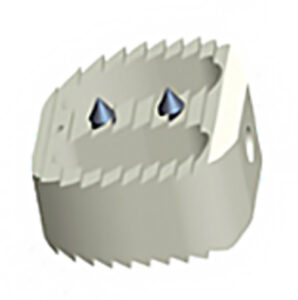
AnyPlus
ACIF Cage system is designed for interbody stabilization in the cervical area of the spine.
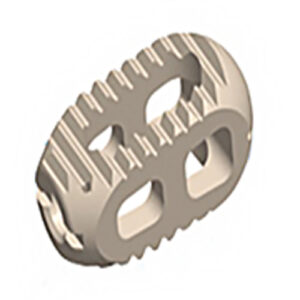
AnyPlus
PLIF Cage system is placed via a posterior approach for anterior Lumbar interbody fusions.

AnyPlus
TLIF Cage system offers versatility for transforaminal approaches in the lumbar spine by allowing bilateral, unilateral or transverse placement.

AnyPlus
ALIF Cage system is placed via an Anterior approach in the Lumbar spine. This implant is essentially the same shape as the lumbar intervertebral disc.
MIS Percutaneous Screw System
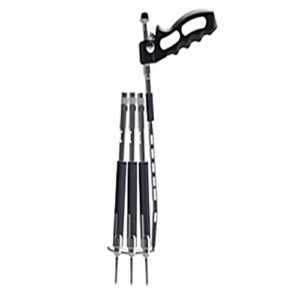
AnyPlus
Minimally Invasive Spine surgery has several advantages over traditional open techniques because the incisions are small, with minimal muscle stripping or retraction. These systems markedly decrease operating time, blood loss, and postoperative pain.
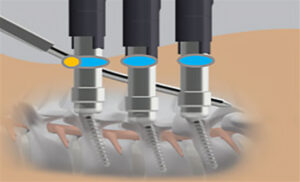
Features:
MINIMAL INCISION - Multiple small incisions
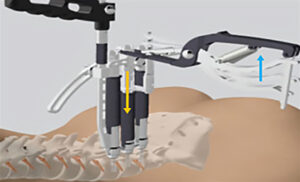
Features:
EASIER ROD FIXATION - Variable angles for rod fixation with specially designed rod.
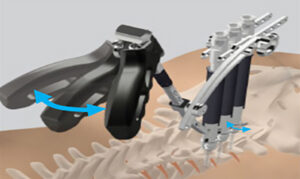
Features:
ADVANTAGE FOR MULTI-LEVELS - High potential for multilevel constructs.
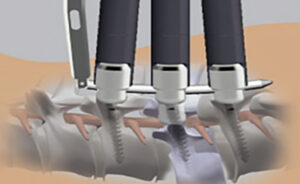
Features:
REDUCTION - Has ability for spondylolisthesis reduction.

Hook
The Thoracolumbar Hook System are designed to provide immobilization and stabilization of the spinal vertebrae in the thoracic lumbar regions.